[23호]갈릴레오 보드(GALILEO) 출시
Posted by 디바이스마트 매거진 on Saturday, March 1, 2014 · Leave a Comment
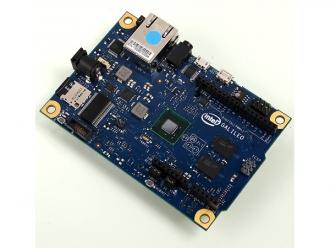
갈릴레오는 인텔 쿼크의 SoC X1000 애플리케이션 프로세서로, 32bit 인텔 펜티엄급 시스템을 기반으로 한 마이크로 컨트롤러 보드이다.
인텔의 아키텍처 기반의 첫번째 보드로 Arduino Uno R3와 하드웨어 및 소프트웨어가 호환되는 아두이노 쉴드로 설계됐다.
아두이노와 같은 핀배치로 디지털 0~13핀, 아날로그 입력0~5, 전원부, ICSP, UART 가 있다.
기본 동작 전압은 3.3V이다. 그러나, I/O핀을 스위칭 하여 5V로 전압 변환을 할 수 있다.
갈릴레오 보드는 아두이노 소프트웨어 개발 환경을 호환하며, 하드웨어와 소프트웨어의 호환성 뿐만 아니라 mini-PCI Express slot, 100Mb Ethenet 포트, Micro-SD슬롯, RS-232 시리얼 포트, USB 호스트 포트, USB클라이언트 포트, 8Mb 플래시 메모리가 보드에 기본으로 제공된다.
디바이스마트에서 판매하는 인텔 갈릴레오 보드는 인텔코리아 정품으로 1년 무상 A/S가 제공된다.
|

|
Overview |
|
|
Galileo is a microcontroller board based on the Intel® Quark SoC X1000 Application Processor, a 32-bit Intel
Pentium-class system on a chip (datasheet). It is the first board based on Intel® architecture designed to be
hardware and software pin-compatible with Arduino shields designed for the Uno R3. Digital pins 0 to 13 (and
the adjacent AREF and GND pins), Analog inputs 0 to 5, the power header, ICSP header, and the UART port pins
(0 and 1), are all in the same locations as on the Arduino Uno R3. This is also known as the Arduino 1.0 pinout.
Galileo is designed to support shields that operate at either 3.3V or 5V. The core operating voltage of Galileo is
3.3V. However, a jumper on the board enables voltage translation to 5V at the I/O pins. This provides support
for 5V Uno shields and is the default behavior. By switching the jumper position, the voltage translation can be
disabled to provide 3.3V operation at the I/O pins. Of course, the Galileo board is also SW compatible with the Arduino SW Development Environment, which
makes usability and introduction a snap.
In addition to Arduino HW and SW compatibility, the Galileo board has several PC industry standard I/O ports
and features to expand native usage and capabilities beyond the Arduino shield ecosystem. A full sized mini-PCI
Express* slot, 100Mb Ethernet port, Micro-SD slot, RS-232 serial port, USB Host port, USB Client port, and
8MByte NOR flash come standard on the board.
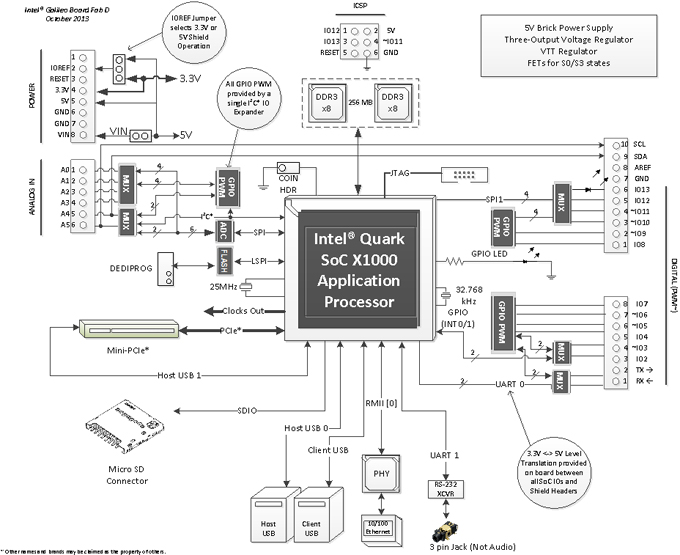
|
|

|
Details and Specifications |
|
Galileo is compatible with Arduino Uno shields and is designed to support 3.3V or 5V shields, following the
Arduino Uno Revision 3, including:
- 14 digital input/output pins, of which 6 can be used as Pulse Width Modulation (PWM) outputs;
- Each of the 14 digital pins on Galileo can be used as an input or output, using pinMode(),
digitalWrite(), and digitalRead() functions.
- The pins operate at 3.3 volts or 5 volts. Each pin can source a max of 10mA or sink a maximum of
25 mA and has an internal pull-up resistor (disconnected by default) of 5.6k to 10 kOhms.
- A0 – A5 – 6 analog inputs, via an AD7298 analog-to-digital (A/D) converter (datasheet)
- Each of the 6 analog inputs, labeled A0 through A5, provides 12 bits of resolution (i.e., 4096
different values). By default they measure from ground to 5 volts.
- I²C* bus, TWI, with SDA and SCL pins that are near to the AREF pin.
- TWI: A4 or SDA pin and A5 or SCL pin. Support TWI communication using the Wire library.
- SPI
- Defaults to 4MHz to support Arduino Uno shields. Programmable up to 25MHz. Order Number: 329681-003US
- Note: While Galileo has a native SPI controller, it will act as a master and not as an SPI slave.
Therefore, Galileo cannot be a SPI slave to another SPI master. It can act, however, as a slave
device via the USB Client connector.
- UART (serial port) Programmable speed UART port (Pins 0 (RX) and 1 (TX))
- ICSP (SPI) - a 6 pin in-circuit serial programming (ICSP) header, located appropriately to plug into
existing shields. These pins support SPI communication using the SPI library.
- VIN. The input voltage to the Galileo board when it’s using an external power source (as opposed to 5
volts from the regulated power supply connected at the power jack). You can supply voltage through this
pin, or, if supplying voltage via the power jack, access it through this pin.
- Warning: The voltage applied to this pin must be a regulated 5V supply otherwise it could damage
the Galileo board or cause incorrect operation.
- 5V output pin. This pin outputs 5V from the external source or the USB connector. Maximum current
draw to the shield is 800 mA
- 3.3V output pin. A 3.3 volt supply generated by the on-board regulator. Maximum current draw to the
shield is 800 mA
- GND. Ground pins.
- IOREF. The IOREF pin on Galileo allows an attached shield with the proper configuration to adapt to the
voltage provided by the board. The IOREF pin voltage is controlled by a jumper on the board, i.e., a
selection jumper on the board is used to select between 3.3V and 5V shield operation.
- RESET button/pin
- Bring this line LOW to reset the sketch. Typically used to add a reset button to shields that block
the one on the board.
- AREF is unused on Galileo. Providing an external reference voltage for the analog inputs is not
supported.
- For Galileo it is not possible to change the upper end of the analog input range using the AREF pin
and the analogReference() function.
|
|
|

|
Power |
|
Galileo is powered via an AC-to-DC adapter, connected by plugging a 2.1mm center-positive plug into the
board’s power jack. The recommended output rating of the power adapter is 5V at up to 3A.
|
|
|

|
Electrical Summary |
|
| Input Voltage (recommended) |
5V |
| Input Voltage (limits) |
5V |
| Digital I/O Pins |
14 (of which 6 provide PWM output) |
| Analog Input Pins |
6 |
| Total DC Output Current on all I/O lines |
80 mA |
| DC Current for 3.3V Pin |
800 mA |
| DC Current for 5V Pin |
800 mA |
|
|
|
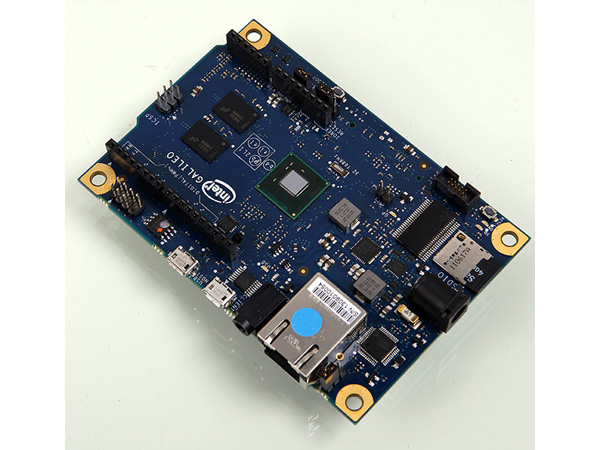 |
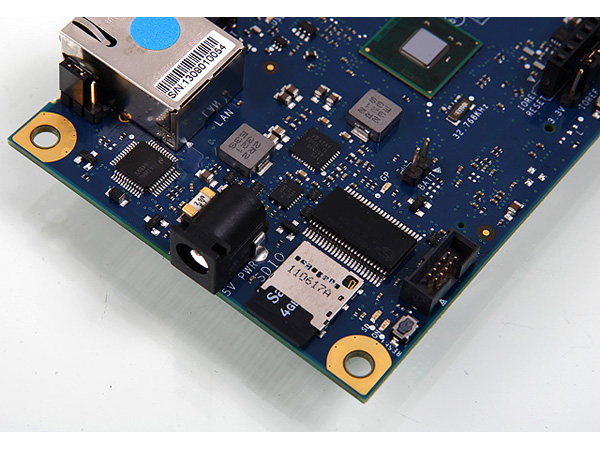 |
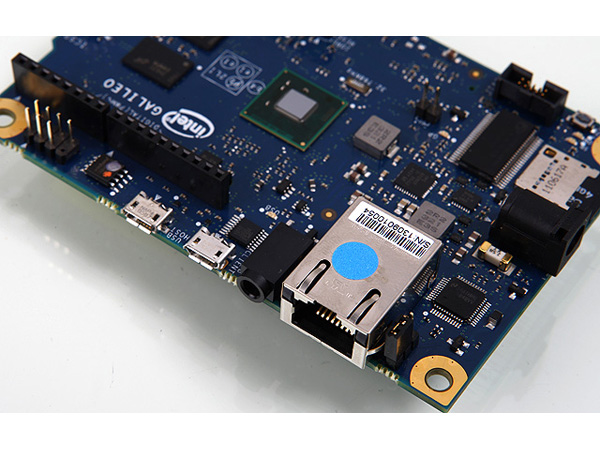 |
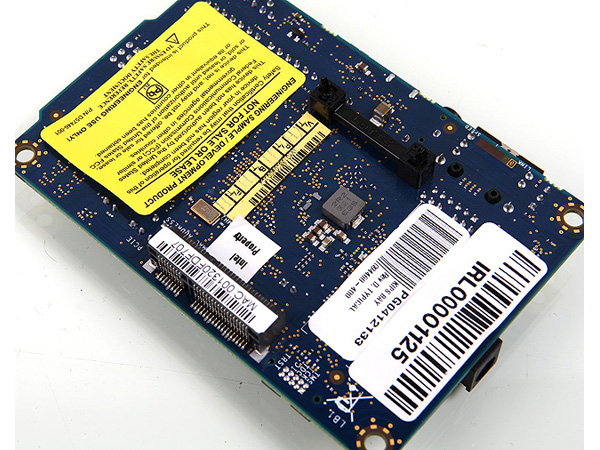 |
|
[정품]갈릴레오 보드(GALILEO) 구매하러가기
www.intel.co.kr








